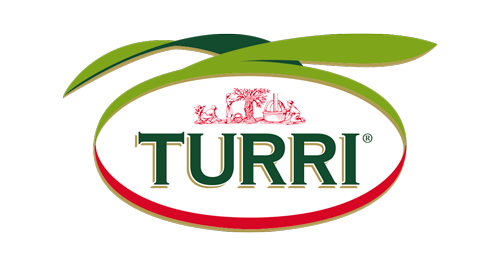Foodex in Japan inspired us to compare Mediterranean and Japanese cuisines, so we decided to gather some information on this topic, and find out what are the points in common between these two countries, considering that extra virgin olive oil appears to be the perfect complement for Japanese dishes. For many aspects, these two cultures are diametrically opposite, and their respective cooking traditions mirror these differences perfectly. The first point in common is that Unesco has declared both diets part of the intangible cultural heritage of humanity (the Mediterranean diet in 2010, and the Japanese one three years later). However, the most important feature shared by these two cuisines is something else, namely their beneficial effect on our health: many medical studies indicate that both countries have extremely low rates of cardiovascular diseases.
Japan’s traditional cuisine is known as “Washoku”. Its people are very proud of it, and make every effort to preserve and promote this culinary art among the younger generation. In 2006, six local chefs decided to bring their dishes to primary schools, so that the children would become more acquainted with the flavours and characteristics of traditional Japanese cuisine. The six pioneering chefs have now become 54, serving nearly 580 thousand meals, and countless seasonal dishes.
Italian and Japanese cuisine have many flavours in common. For this reason perhaps, Japanese chefs often choose to prepare their dishes using typically Mediterranean ingredients such as extra virgin olive oil, tomatoes and many other vegetables. We will always remember a spectacular “risi e bisi” we savoured in Tokyo, paired with an excellent wine from Verona. There are many young Japanese chefs who choose to do an apprenticeship stage in Italy, and indeed, most Michelin- starred restaurants in our country include excellent Japanese chefs among their staff. Japan and Italy are twinned in their willingness to do everything in their power to keep their impressive cooking heritage alive.


